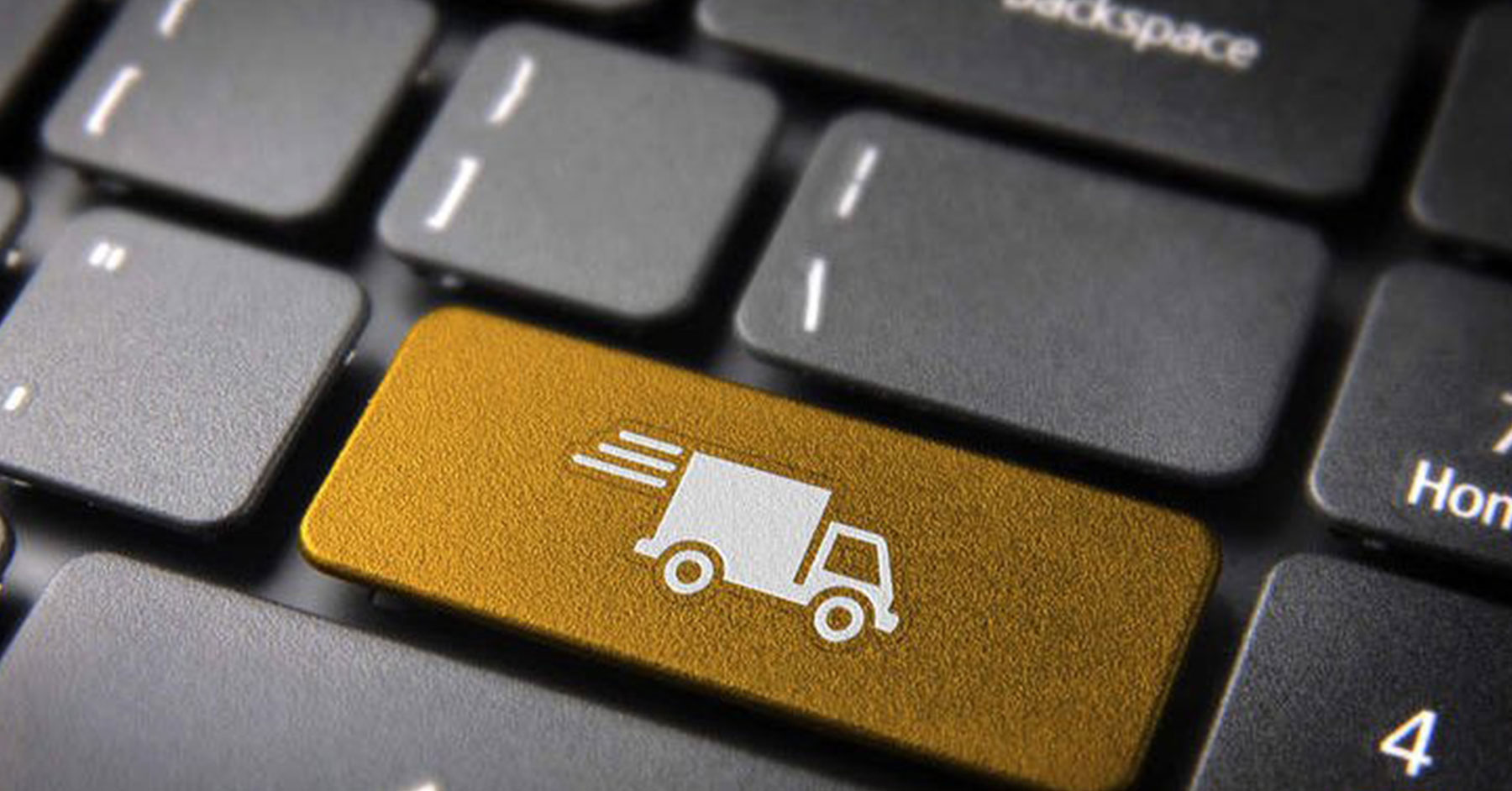Supply chains have a reputation for being complicated and not the first choice for a career, especially for the millennials. But as companies adapt their Supply Chain to the digital economy, and as businesses enable the extended supply chain as part of their digital transformation strategies, that is all about to change.
With all the new “cool” technologies, it is now more possible than before that our kids will come home from school one day and tell us they want to be supply chain executives when they grow up.
So what are some of the most interesting trends that will put the spotlight on supply chain and logistics in 2017? And stand a chance to make the industry cool!
Here are some ideas:
Blockchain Technology
There are many different benefits of blockchain technology that will transform supply chains, from asset tracking and transparency to real-time feedback from customers. Yet, the true scope of the benefits of blockchain technology is unlimited, and it could be one of the most remarkable breakthroughs in the supply chain in history. With a world that is becoming more connected on a daily basis, blockchain technology will inherently develop into a symbiotic relationship with the Internet of Things and today’s advanced logistics and supply chain management systems.
One-hour delivery
Same-day delivery is already taken as common in the US. More and more the expectation is also for Asian markets. However, even that will be blown away soon enough. We are living in an instant gratification culture and instantly becomes faster and faster. Amazon will be entering Singapore and SE Asia next year. And their competition with Alibaba backed Lazada is going to be fierce. Who will be able to roll out one-hour delivery first?
3D printing
Supply chains are focused on warehousing and making sure the products are shipped outwards from the point of manufacture to the client in the most efficient manner.
3D printing represents the other extreme of traditional manufacturing. It produces objects by adding, rather than subtracting, material and allows us to create objects customized on our personal desires. 3D printing is the key to customizing your product. And it is getting more affordable. The big Logistics companies across the board have been investing heavily in 3D printing hubs worldwide. Instant gratification will be even faster.
Driverless vehicles
There is a lot of excitement around self-driving cars, also known as autonomous vehicles (AV). They open up a world of opportunities for supply chain and logistics.
As players employ automation to increase efficiency and flexibility, AVs, in combination with smart technologies, could reduce labor costs while boosting equipment and facility productivity. A fully automated and lean supply chain will make the load size and stock problems almost disappear. Smart technologies will connect in real-time the decision-makers with the distributions centers and AV fleet for maximum efficiency. This year has already witnessed several driverless truck rides. And it is only the beginning!
Augmented Reality
Augmented reality has been a hot topic in the last months. It has exploded as companies grip the potential of this technology to improve business output. In their Trend Research, DHL looks at a few ways Augmented Reality will provide benefits to the supply chain as listed from the Elementum blog:
- Picking Optimization: Each employee sees a ‘digital picking list’ on a heads-up display. The display calculates the most efficient path through the warehouse, guides that person to the package, scans it as ‘picked’ into the Warehouse Management System and immediately directs the picker to the next closest package.
- Dynamic Traffic Support: Most delivery trucks already come equipped with GPS navigation. AR systems are the natural next steps. Heads-up and windshield displays are only a few technologies that will allow players to efficiently re-route shipments in the shortest time. Fewer distractions to the driver. The display would show the driver critical information including cargo temperature (especially important when transporting medical devices or other fragile goods), gasoline efficiency and other data that can make the process more efficient.
- Facility Planning: You’ll be able to visualize your next warehouse in full-scale before beginning construction. You can test workflows through the facility, even field test arrangements – all virtually. It will save you money and it’ll allow you to experience what you’re trying to do, before actually doing it.
- Freight/Container Loading: Augmented reality could replace the need for a physical cargo list and load instructions. How? By allowing to see loading instructions on a heads-up display with step-by-step instructions on how to most efficiently load a container given the size, dimensions, and weight of the packages going into it.
Internet of Things
Sensors. As companies are focusing on real-time data tracking and big data analysis, sensors are becoming more popular. Embedding sensors in products and, as a result, becoming more technology-focused will be a standard procedure for all players. For example, John Deere tractors are now equipped with sensors to transmit moisture and temperature data from the fields. The Internet of Things (IoT) and Industry 4.0 are changing traditional business models by connecting people, products, and assets.
Conclusions
It is a clear pattern that service chains will become more important than product chains. Most players and all customers consider a great product as a standard procedure. It is a given and nobody gets excited about great products (they do get upset when expectations are not met, but that is a different story). Consumers are demanding much more from pre- and post-sales service for the products they buy.
Companies that connect and focus on the pre- and post-sales service supply chain activities (including product knowledge, in-store service, warranties, responsive consumer services) will emerge as the winners. The solely product-centric player will stand no chance in the race of wowing the customers and winning their hearts.
And the implementation of the technologies mentioned above will create a big impact in 2017 and will determine who will win the race.





